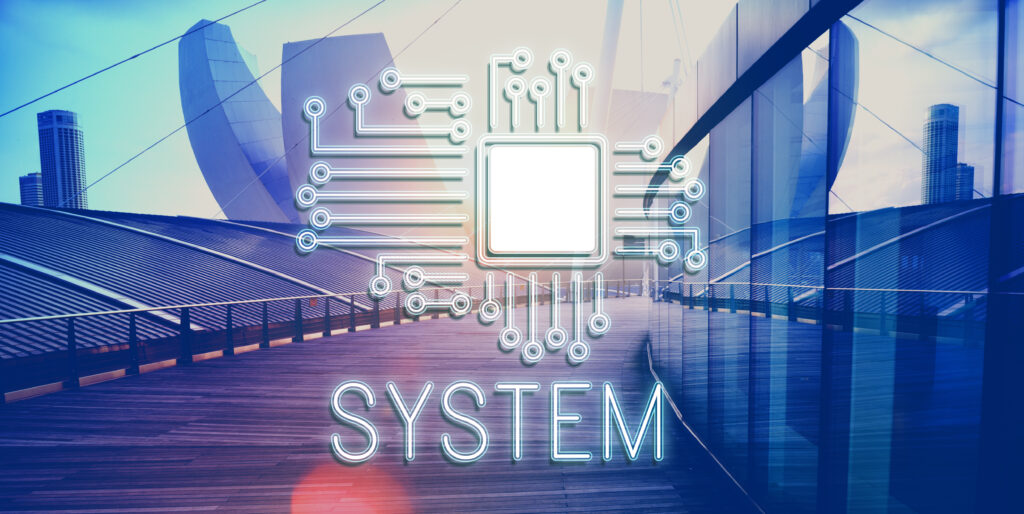“Maximizing Energy Efficiency in Embedded Systems through Power Management”
Unlocking the Benefits of Power Management Techniques in Embedded Systems for Increased Energy Efficiency and Longer Battery Life Maximizing Energy Efficiency in Embedded Systems through Power Management In today’s technology-driven world, embedded systems are everywhere – from mobile phones to smart home devices, automobiles to medical equipment. Embedded systems are designed to perform specific tasks […]

Unlocking the Benefits of Power Management Techniques in Embedded Systems for Increased Energy Efficiency and Longer Battery Life
Maximizing Energy Efficiency in Embedded Systems through Power Management
In today’s technology-driven world, embedded systems are everywhere – from mobile phones to smart home devices, automobiles to medical equipment.
Embedded systems are designed to perform specific tasks and control a range of devices, making our lives more convenient and efficient. However, with the increasing use of these devices, it is becoming increasingly important to maximize energy efficiency in embedded systems.
Power management is a key aspect of achieving this goal, and this article will discuss the importance of power management in embedded systems and provide insights on how to maximize energy efficiency.
What is Power Management in Embedded Systems?

Power management in embedded systems refers to the process of controlling the power consumption of electronic devices. The goal of power management is to optimize the energy consumption of these devices, making them more energy-efficient and longer-lasting.
This is achieved through the use of power management techniques such as power saving modes, energy optimization algorithms, and power-saving hardware.
Why is Power Management Important in Embedded Systems?
The main reason for power management in embedded systems is to extend the battery life of these devices. With the increasing use of embedded systems, it is becoming increasingly important to ensure that these devices are energy-efficient and long-lasting.
Additionally, power management helps to reduce the carbon footprint of these devices and contributes to a greener planet.
Another important reason for power management in embedded systems is to reduce costs. By optimizing the energy consumption of these devices, it is possible to reduce the costs associated with running these systems.
Additionally, power management helps to reduce the cost of batteries and other power-related components.
Power Management Techniques
There are several power management techniques that can be used to maximize energy efficiency in embedded systems. These include:
Power Saving Modes:
Power saving modes are one of the most effective ways to reduce energy consumption in embedded systems. These modes allow devices to enter a low-power state when they are not in use, which helps to conserve energy and extend battery life.
Energy Optimization Algorithms:
Energy optimization algorithms are designed to reduce energy consumption by controlling the power consumption of various components in embedded systems.
These algorithms help to minimize energy consumption by ensuring that only the necessary components are powered on at any given time.
Power-saving Hardware:
Power-saving hardware, such as energy-efficient processors, can help to reduce energy consumption in embedded systems.
Energy-efficient processors use less power, which helps to extend battery life and reduce energy consumption.
Maximizing Energy Efficiency
There are several ways to maximize energy efficiency in embedded systems. These include:
Optimize the Embedded System Design:
The design of embedded systems can have a significant impact on energy efficiency. By optimizing the design of these systems, it is possible to reduce energy consumption and extend battery life.
Use Energy-Efficient Components:
Using energy-efficient components, such as energy-efficient processors, can help to reduce energy consumption in embedded systems. Additionally, using energy-efficient components can help to reduce the cost of these systems.
Implement Power Management Techniques:
Implementing power management techniques, such as power saving modes and energy optimization algorithms, can help to maximize energy efficiency in embedded systems.
Monitor Energy Consumption:
Monitoring energy consumption is a key aspect of maximizing energy efficiency in embedded systems. By monitoring energy consumption, it is possible to identify areas where energy can be saved, and make changes accordingly.
It is possible to reduce energy consumption and extend battery life. Additionally, by monitoring energy consumption, it is possible to identify areas where energy can be saved and make changes accordingly.
Effective power management is not only beneficial for the environment, but it also helps to reduce costs and increase the overall efficiency of embedded systems.
As the use of embedded systems continues to grow, it is essential to prioritize power management in order to create a more sustainable future.


